The Microsoft Surface Book 3 (15-Inch) Review: A Refreshing Dip Into Ice Lake
by Brett Howse on June 3, 2020 9:00 AM ESTWireless
For the past several generations, Microsoft has leveraged Marvell networking adapters, unless the device had LTE, in which case they tended to use Qualcomm. Unfortunately, both were prone to unreliability and could not keep up with sustained transfer speeds like the latest Intel wireless solutions. Now that Wi-Fi 6 is upon us, the trend seems to be for everyone to use Intel wireless, including the Surface lineup. The Surface Book 3 features the Intel AX201 Wi-Fi 6 network adapter, which is a 2x2:2 design with the full 160 MHz channel width support.

The speeds are fantastic, and Intel has continued offering their very solid drivers too, so reliability has been top-notch. Although competition is always welcome, in the PC space there is really one standout wireless solution, and this is it.
Audio
Microsoft outfits the Surface Book 3 with front-facing stereo speakers featuring Dolby Atmos. As is typical of the Surface speakers, they blend almost seamlessly into the display bezel meaning they are almost invisible to the eye. There are also dual far-field microphones for dictation, or conferencing.
Sound quality of the speakers is excellent, and although they only achieved around 73dB(A) of SPL, the range of the speakers were quite impressive.
Thermals
The two-zone thermals of the Surface Book 3 mean that the temperature of the CPU will not impact the GPU, and vice versa. It also means that Microsoft has more room for a larger GPU, which we’ve seen the results of in our GPU testing. The CPU side with the Core i7-1065G7 has a thermal design of 15 Watts, meaning the processor is designed for a stead-state thermal load of 15 Watts, but with Intel’s aggressive Turbo, processors will draw much more than that for short bursts. On the GPU side, NVIDIA rates the GTX 1660 Ti Max-Q at between 65 and 80 Watts, depending on implementation.
The Surface Book 3 was subjected to a full CPU stress test, while monitoring the frequency and power draw of the processor. Interestingly, the processor very quickly bumps into the 100°C thermal limit, causing the processor to throttle at the start of the test during the PL1 stage of the CPU, which peaks at about 38 Watts maximum and 100°C. When PL1 ends and the processor moves into PL2, the power draw drops to a steady state value of around 19 Watts. So the Surface Book 3 can easily handle the full TDP of the processor, but it does not quite have enough to handle the full limit Microsoft implemented for PL1. This likely means there is not enough heatsink mass to handle the initial burst, although there is enough dissipation to handle the processor under load. As a comparison point, the Surface Laptop 3 with the same processor managed about 43 Watts at PL1 and it never quite reached the 100°C thermal cut-off, and then had a steady state of over 20 Watts. The overall cooling system is unsurprisingly not quite as capable as a more traditional laptop design, at least for the processor.
On the GPU front the Surface Book 3 also performs quite well. Unfortunately, our normal data logging tool was unable to read the GTX 1660 Ti, so instead we ran 20 loops of the 3DMark Fire Strike stress test. The GPU temperatures peaked at around 85° and settled in around 75°, with consistent FPS throughout the 20 loops.
One of the most amazing things about the Surface Book 3 thermals is how much performance there is considering the noise level. At full load after over an hour of use, the Surface Book 3 registered at only 43 dB(A) measured one inch over the trackpad. The tone of the noise is also low enough that it is very easy to live with. Despite not being able to get peak performance out of the CPU for a short window, the cooling system still does a great job and without much noise at all.
Software
One of the best perks of the Surface lineup is that there is no extra software installed to deal with, unless you include the unfortunate fluff that has started shipping directly in Windows. But as Surface is Microsoft’s device lineup, the Surface team also tends to bring new tech to Windows. For the Surface Laptop 3, that is the ability to choose the graphics adapter for each program directly in the Windows Settings. Previously, the NVIDIA Control Panel was required.
Branding of classic applications and UWP applications aside, it is nice to see this brought into Settings since it would be available for all GPU vendors and not require a proprietary tool.
Microsoft also includes the Surface App where you can see details about your device, battery levels of connected Surface peripherals, and get support.
Most laptops ship with some sort of tool for this function now, but the Surface one definitely has more polish than most.


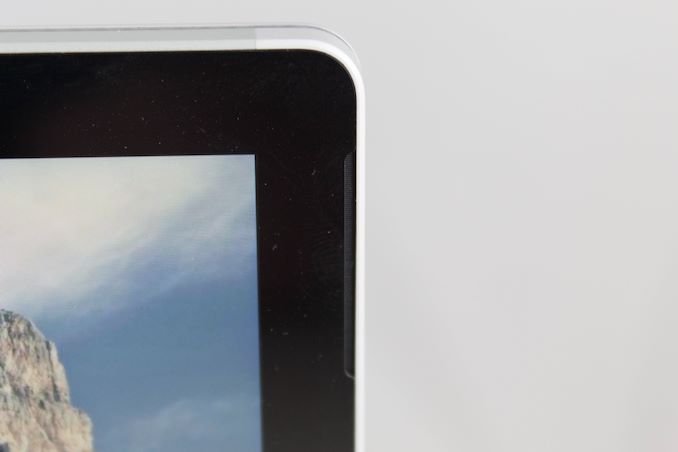
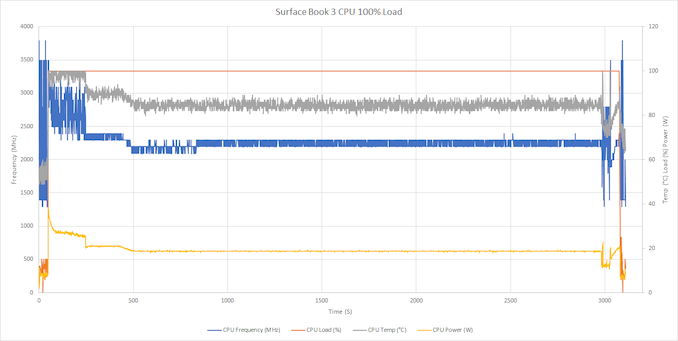
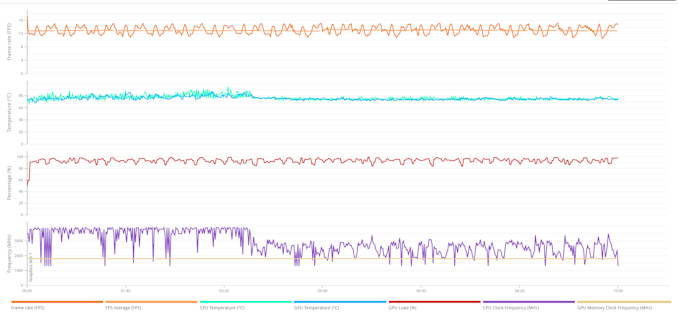
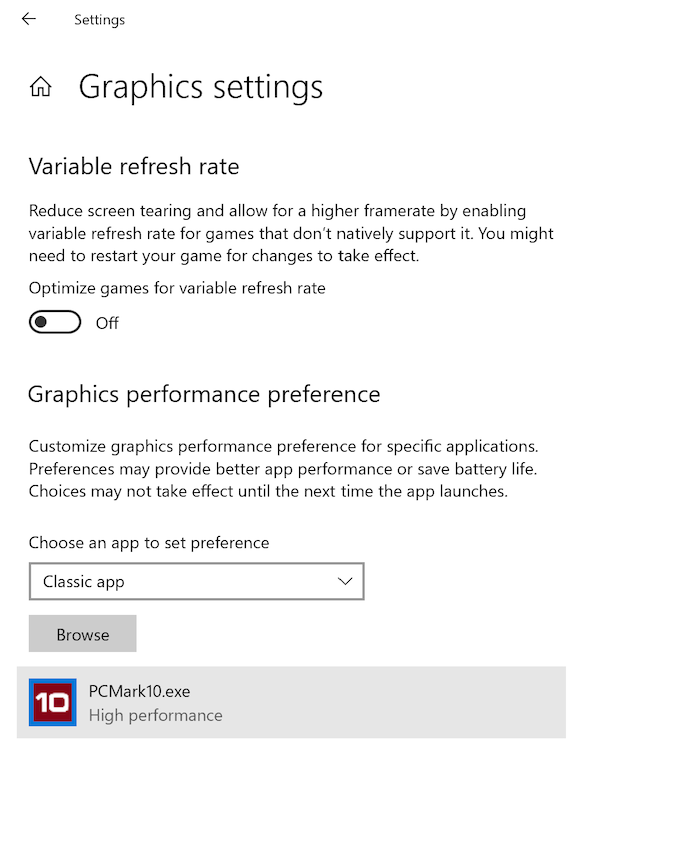
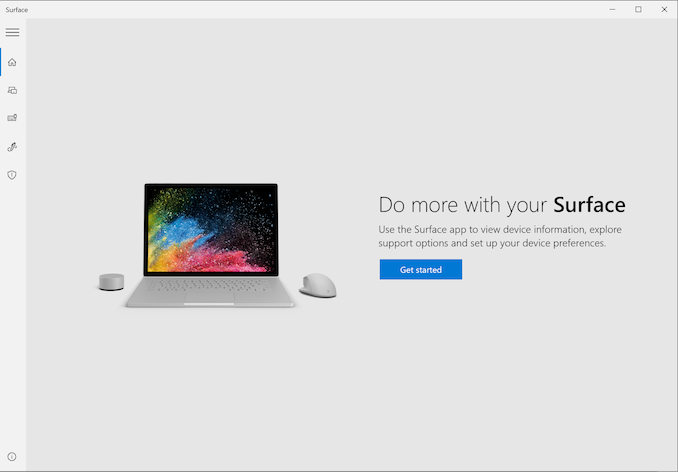








125 Comments
View All Comments
YB1064 - Wednesday, June 3, 2020 - link
I own the original Surface Book (i5) with the NVidia GPU. Still going strong after all these years. Apart from the mediocre keyboard, I have no complaints. It would be nice if Anandtech can add those numbers to the comparison charts.Brett Howse - Thursday, June 4, 2020 - link
You can always use our Bench to compare anything. Link in the article as well as at the top of the page:https://www.anandtech.com/bench/product/2599?vs=15...
Our tests have changed so it will only show data where both ran the same test.
YB1064 - Friday, June 5, 2020 - link
Thank you Brett, I forgot about that.blaktron - Wednesday, June 3, 2020 - link
This review really highlights how good a value the Acer Swift 3 this generation, at like 1/2 to 1/3 the price of the cheapest Surface Book or Laptop. Both the Intel and AMD versions.Redshirt4life - Wednesday, June 3, 2020 - link
"This Mercedes S-class review really highlights what a great value the Honda Civic is!" - you, probably.blaktron - Wednesday, June 3, 2020 - link
If the Civic blew circles around the Mercedes, then yeah. That's exactly what I would say.Flunk - Wednesday, June 3, 2020 - link
Civic Type-R? On a track => smoked S-Class.It's not hard to find examples of cars that are much cheaper than an S-Class that can run circles around one. But it's just as irrelevant a comparison as comparing this to an Acer Swift 3. Which is the point the previous posted was making.
FunBunny2 - Wednesday, June 3, 2020 - link
does a Patek Philippe keep better time than a Seiko? either mainspring or quartz??devione - Friday, June 5, 2020 - link
Actually a COSC-certified Patek does probably keep better time than a Seiko.Please, (in general, not just you) stop with the internet car analogies (or watches). It's stupid.
close - Friday, June 5, 2020 - link
Well analogies are never perfect, they just have to be good enough to make a point. And in this case they still can. Even when much of that price is "the brand" you still get objective benefits that might make you choose the more expensive option. Very rarely are 2 products absolutely identical except for the logo which make one 2 times more expensive. You'll get better performance, better features, better build quality, better reliability, better feel, better support and services, etc. Any one of those can justify the price.Right next to me I have a 2008 Lenovo X200 which I used every day for the first 6 years and every week since then. Traveled with it through an airport almost every week of those first 6 years. It looks like new, it works like new. Yes it was probably 4-5 times more expensive than the equivalent Acer but under these conditions I would have probably had to buy 6 Acers to keep up.
Usually things have a certain price for a reason. At least in part you get what you pay for. If this works for you go for it.